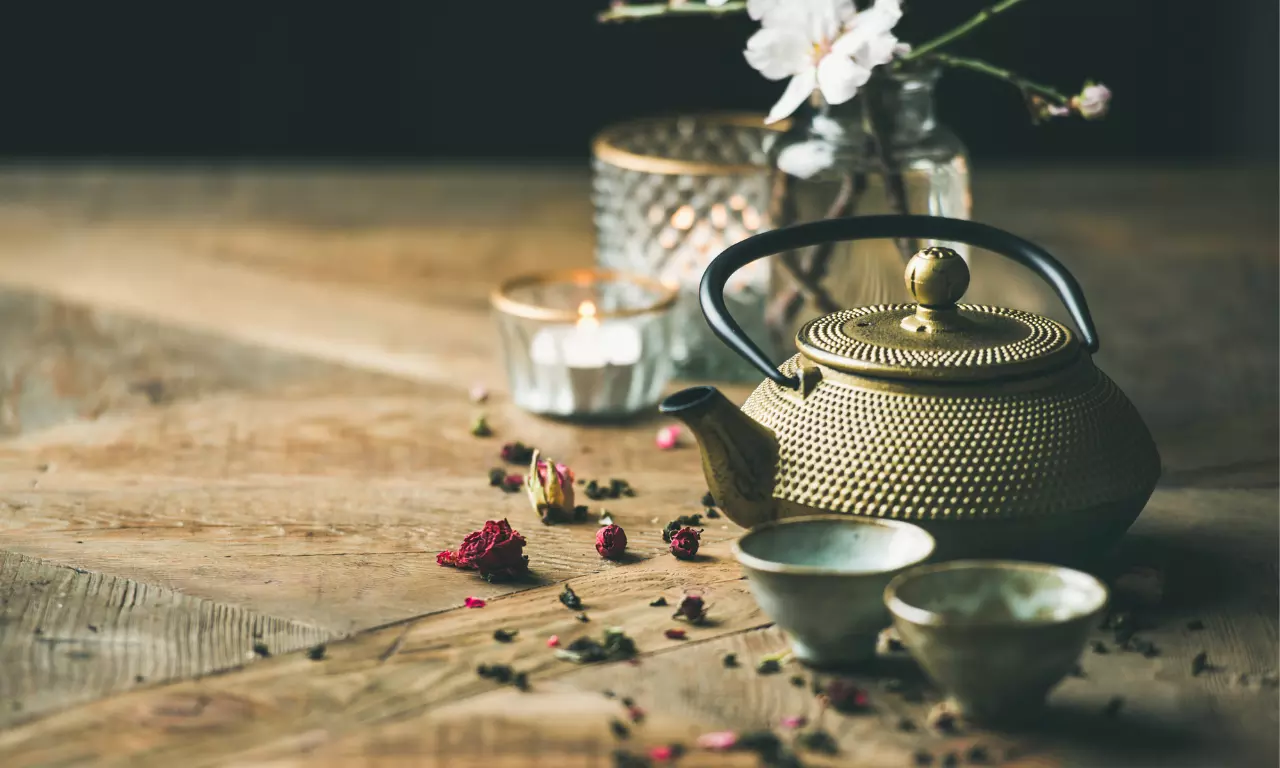This is the real reason why Gen-Z's are embracing sobriety
More and more people are cutting back on booze — and it is the younger generation that is leading this movement.
- By Tarvene ShahpuriLoading...
- | 31 March 2021 12:08 PM IST
 X
X
For the longest time, being sober simply meant a trip to the gym on Friday evenings, while everyone else hit happy hour at the neighbourhood bar. For those with a serious alcohol problem, it has always been a worthy decision to go sober, maybe even a lifesaving one. But with time, being sober is slowly emerging more as a lifestyle choice, and less as a step towards curbing addiction.
Culturally speaking, this is a new movement, given that a few years ago a young adult could have been easily deemed uncool for not drinking on a Saturday night. Today, however, that has been turned on its head with mindful and conscious living becoming far more popular among the youth. And it comes through in the popularity of hashtags like #mindfuldrinking and of course, #sobercurious.
Changing Times, Changing Habits
From eyeballing the statistics, there is no doubt that alcohol consumption has taken a nosedive. For example, Harvard's Alcoholics Anonymous Paper reported that Gen Z is consuming at least 20% lesser alcohol than their millennial counterparts. Additionally, 64% of these teens and 20-year-olds even predicted that as they grew older, they would drink alcohol less frequently than other generations do currently.
According to psychiatrist and psychotherapist, Dr. Nahid Dave from Thought Matters, a psychiatrist clinic, the growing interest in the sober curious community is less of a trend and more of an awakening. "It's an awakening to be healthier," she tells us. "It's also an awakening, in the sense that they're realising that you don't have to drink to face life's ups and downs. Sobriety makes you face life's challenges with vulnerability and pain."
It seems unlikely that teenagers have refrained from the rebellious depths of intoxicated frenzies to sitting in a circle, exchanging views on Brexit over nothing more than a mug of Matcha green tea. Alcohol has not been totally rejected; it is still a prevalent feature of life for both teens and those in their early 20s but with limits.
"A particularly salient motivation behind Gen Z's drinking habits stems from a need to be risk-averse from growing up through economic and political turbulence," explains Dr. Dave. This has, as a result, encouraged more conservative spending habits. The rising prices of alcoholic beverages have therefore acted as a stinging repellent. So, when they choose to drink, staying at home with shop-bought beverages is seen to be much more attractive than heading to a millennial infested, swanky cocktail bar or club. What was 'pre-drinks' (i.e. drinks before going out) – is now 'THE drinks' – becoming the focal point of today's drinking culture.
"Change of venue also elicits differential behavioural habits," Dr. Dave points out. Being in someone else's home (or your own home for that matter) due to social distancing and the pandemic evokes a greater sense of self-awareness than the local pub or bar. "They conscientiously try to avoid being a drunken, clumsy mess, creating spillage and ruining the furniture," she adds.
The New Normal
"It's been easier to drink less," says Suzanne (name changed for anonymity) who has gone sober and considerably reduced her alcohol consumption owing to lockdown and social distancing. "I am increasingly more mindful of my health, with what I put in, and where the food and drinks I consume comes from. She swears by a newfound love for non-alcoholic beverages. "Some people will argue that low and no alcohol equivalents to boozy favourites are pointless and they're often saying things like, 'Why don't you just have a juice or a Coke.'But I love the alternatives," she points out.
Suzanne is referring to Low-ABV and non-alcoholic drinks that are seeing a steady rise in popularity since 2019, with no signs of slowing down.
Adding to this, Aneesh Bhasin - who co-founded homegrown premium tonic brand Svami with friends Sahil Jatana and Rahul Mehra - shares, "Revenue shares have seen a remarkable increase in recent times." The folks behind Svami have recently forayed into the non-alcoholic and ready-to-drink beverages' market with their new line, following in tow with Kingfisher's Radler, Budweiser 0.0 beer and Coolberg non-alcoholic beer. The idea is to make the drinking experience engaging, even for those who don't indulge in alcohol.
Svami's new range features options like, a non-alcoholic Rum & Coke, which is a low-calorie cola, flavoured with vanilla, caramel and cinnamon; Gin and Tonic, which has been crafted with classic botanicals like juniper and different citruses and berries; and Pink Gin and Tonic, which has the additional kick of strawberries.
With fresh alternatives crafted for the health-focused, we see the younger generation at the forefront of this cultural shift — where not drinking is cooler than drinking. Besides, we all know that you're truly having a good time when you're simply, high on life.

Tarvene Shahpuri
Tarvene is a chocolate and chai fiend who is constantly on the hunt for cute cafes. You can catch her baking some Biscoff cheesecakes or binge-watching Netflix shows. She likes filling up her free time painting, listening to music or going on long drives.


